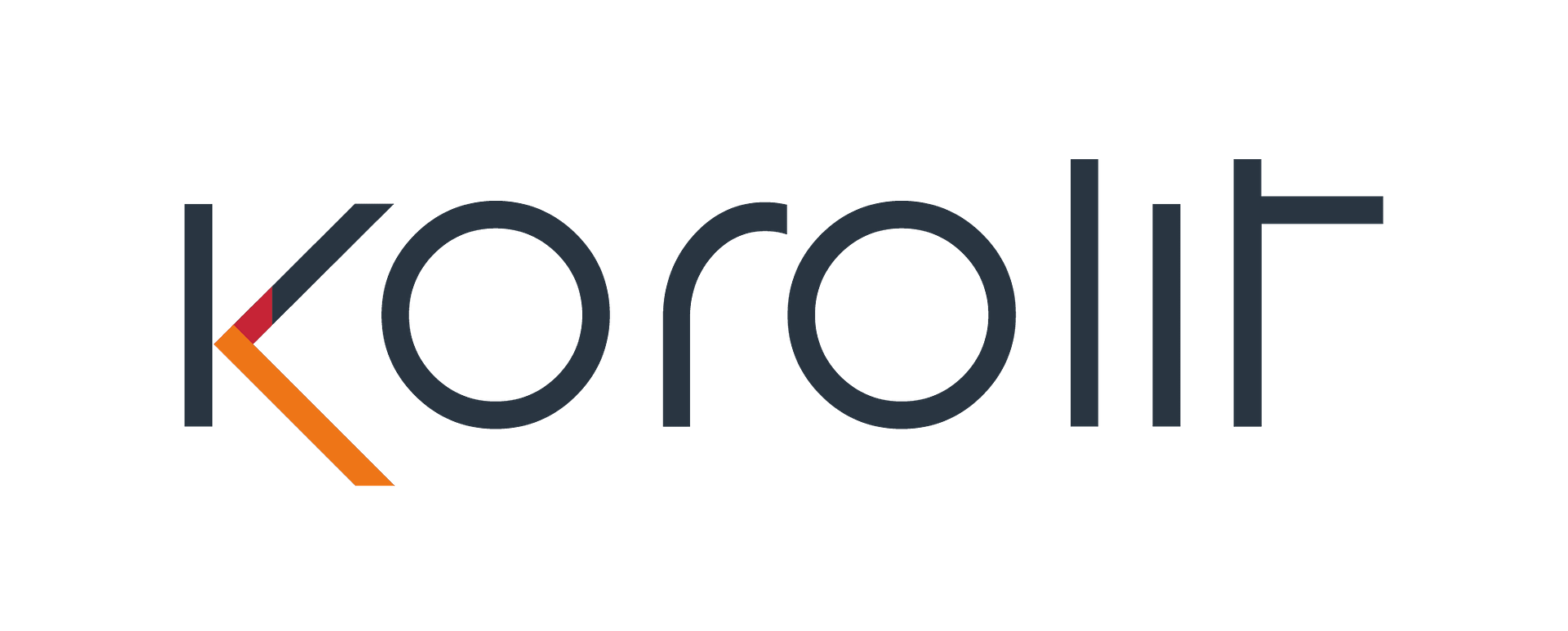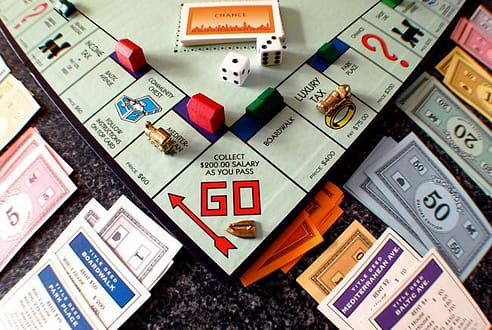Survive, Thrive, Survive and Nosedive
Introduction
Many new businesses build a financial forecast that shows a steady rate of growth after their initial launch date. In the IT sector these predicted growth rates for application start-ups are often much more aggressive to reflect the viral nature of the market that companies such as Facebook, Dropbox and Uber operate in. This is often referred to as a ‘Hockey Stick’ model of growth.
Many companies find that after a period of success their growth rate then starts to slow down and more closely reflect what is referred to as an ‘S-shaped’ curve. The reality is that this slowing down of growth rates can eventually lead to a plateau followed by a gradual decline that, if unchecked, may lead to a company failure or forced sale. Businesses would then seem to follow a model more accurately described as ‘Survive, Thrive, Survive and Nosedive’?
Survive, Thrive, Survive and Nosedive
At the start of a business, or occasionally immediately after a significant change such as an acquisition or investment, it can be tough going. The founders or main board will need to put in long hard hours, and possibly forgo holidays and family time to build the business. It’s also typically a time of considerable excitement as all this hard work and excitement drives a real feeling of belonging and team.
In some cases all this hard work starts to pay off and the sales figures start to climb. All effort shifts to driving sales and processing orders. The company will start to employ more people, perhaps move to larger premises and start to reward the founders and directors of all that early effort.
This growth rate may continue for weeks, months, or perhaps even years but at some point it will start to subside as the level of available resources start to become a constraint (e.g. the market need becomes saturated) or competition levels increase.
This flattening growth rate may initially be ignored as revenue and profit levels are still strong, and disregarded as being a typical ‘S-shaped’ curve of company growth. However, over time and without any intervention, it is likely that the curve will start to take a downward trajectory as resources reduce or stronger competitors start to take business away. A common panic reaction at this stage is to cut business costs to maintain profit levels, and this can actually help to accelerate the decline by reducing the perceived quality of the products and services, and making the competition offerings look more appealing.
If the decline continues it is likely that the cost cutting measures will also continue. At some point the board of directors may look to sell the business, or take on investment to help them restructure and re-build their business. It is critical in this instance to have a clear understanding of the health of the business as the wrong level of investment and guidance at this stage may just result in your business becoming a ‘Zombie Company’, essentially one that is reliant on ongoing financial investment to continue in operation.
If you are looking for investment then we would suggest you take a look at the checks outlined in our earlier article ‘”Preparing for investment – Due Diligence” https://www.linkedin.com/pulse/preparing-investment-due-diligence-anthony-king)
Capability, Resources & Competition
There are a many well respected books and articles on the key ingredients for a successful business and for the purposes of this article we will summarize these as follows:
- Capability – Ability of the business to execute its business and grow
- Resources – Availability of products, services and customers
- Competition – Other businesses that consume the same products and services or are selling to the same customers
If a business is capable its only constraints will be the resources available to drive its growth and any competition in the market it operates in. If a company lacks capability it will struggle regardless of how much resource is available, or what competition is present. It’s also important to bear in mind that its capability needs to be aligned to its target market, and that if that market changes its capability will also need to change.
Capability is used to encapsulate a number of areas that alone could generate several articles. In summary the following tests need to be applied to any business:
- Can all of the board of directors consistently summarize their business
- Does the business have a clear a compelling vision and strategy, and is this supported by a plan to get there
- Is there a clear understanding of the target market, customer needs, competitive activities and future changes or threats? Is there a marketing plan aligned to these factors and evidence that it is being executed
- Is there a documented sales plan aligned to the marketing plan, adequate resources to deliver it and evidence of execution
- Is the management team disciplined, able to work together, forward thinking and do they engage with the company as a whole
- Are operational processes and policies well-documented and supported by appropriate and integrated technologies
- Is the financial model sensible and comprehensive with all risks and mitigations factored in
- Is there a general willingness to take advice
It is rarely sensible for an established business to attempt to look at itself objectively and our advice is to bring in someone independent such as Korolit to take a look with a fresh pair of eyes. The findings may not necessarily be easy to accept but will invariably provide valuable insight (please bear point 8 in mind!). Use the outputs from this review to help develop and implement a new Business Plan that reflects your business capability, resources and competition.
Every business needs the necessary supplies and the customers to sell products and services to. It also needs to look ahead to ensure that that it is able to continue to grow into the future. In the absence of resources a business will struggle regardless of its level of capability or market competition. A good example of this can be see with PC, tablet and smartphone sales.
Desktop PC shipments have been struggling for several years now and further declined by 2.3% in 2014 following 7.8% the previous year. Laptop shipments have also been impacted and fell by 2.9% in 2014 following a decline in the previous year.
The market demand for both has been predominately weakened by a shift of consumers to the adoption of tablets and smartphones. It wasn’t all good news for tablets as demand for these devices also fell in 2014 partly due to user upgrade cycles extending as the rate of technological innovation started to slow.
These changes in market demand may lead some companies to move away from markets and in 2014 IBM announced the sale of its x86 server division to Chinese manufacturer Lenovo, terminating its long-running relationship with Intel. This avoided IBM having to manage a significant low margin chunk of its bottom line and allowed it to focus instead on what it views as its more strategic and margin rich software and service divisions.
Manufacturers of tablets and smartphones often use common components such as their CPU’s. In 2012 many companies, including Apple, were heavily affected by the shortage of Qualcomm Snapdragon S4 processors due to a lack of manufacturing capacity to make the chips. The impact was to delay new product shipments and constrain supplies with knock-on effects on overall sales and competitive positioning.
Few companies pay enough attention to competitive threats but these threats can potentially drive businesses into bankruptcy. Just a decade ago, Blockbuster had 25,500 employees at 8,000 stores dispensing movie rentals and a parallel distribution system of 6,000 DVD public vending machines; it had $500 million in annual cash flow and was valued at $3 billion. About 2005 it was valued at $8 billion.
Netflix was founded in 1997 by Reed Hastings and its ability to survive against Blockbuster, Wal-Mart, Amazon, Google, Microsoft, and other competitors looked so poor that one Wall Street analyst labeled its stock “a worthless piece of crap.”
Yet Blockbuster filed for bankruptcy while Netflix gained leadership of the industry. In 2010 Blockbuster was running at $1 billion in debt. Meanwhile Netflix gained 16 million subscribers and earned $116 million. At $32.9 billion, Netflix is now is considered more valuable than CBS ($30.6 billion) and Viacom ($28.8 billion).
Netflix had a level of capability that better suited its target market whereas as Blockbuster had stuck with a capability that suited its original market and was uncompetitive in the evolved market.
Conclusion
Left uncorrected most business will follow a growth curve of ‘survive, thrive, survive and nosedive’. An initial period of building will be rewarded by growth, then a plateau followed by a decline.
Regardless of how complex your business model is try evaluating it against the three key factors:
- Capability
- Resources
- Competition
And use the findings to determine your action plans to engineer a new phase of growth periods.




